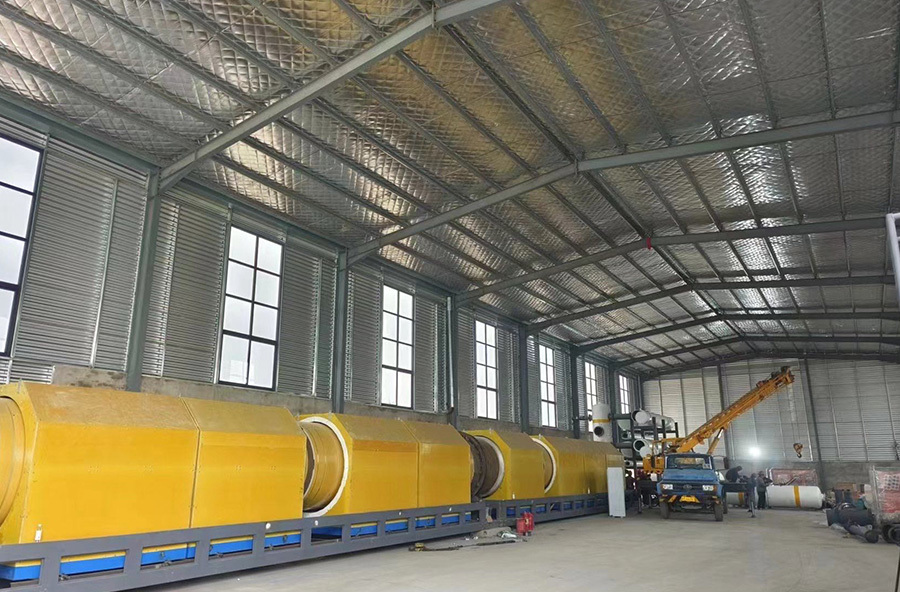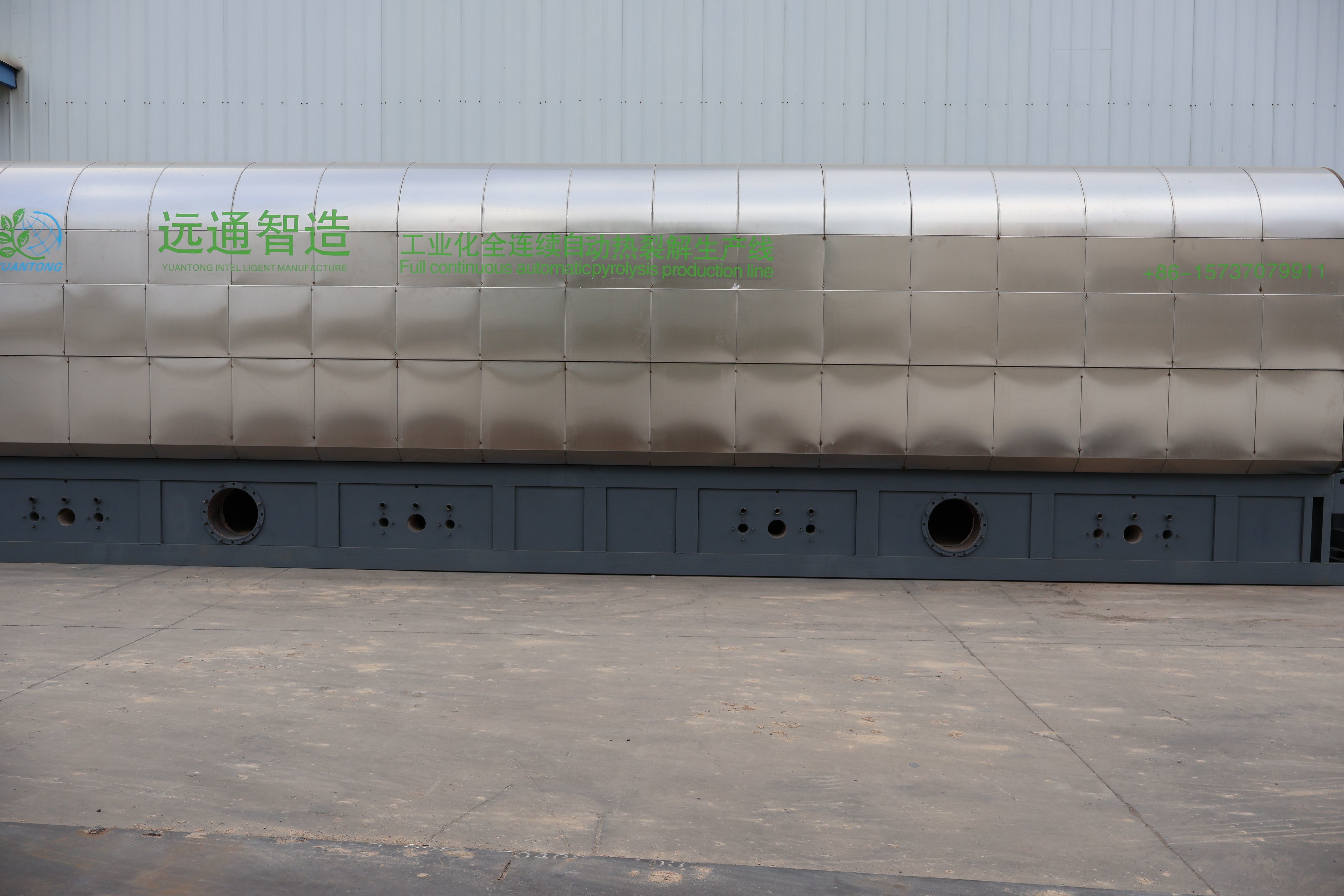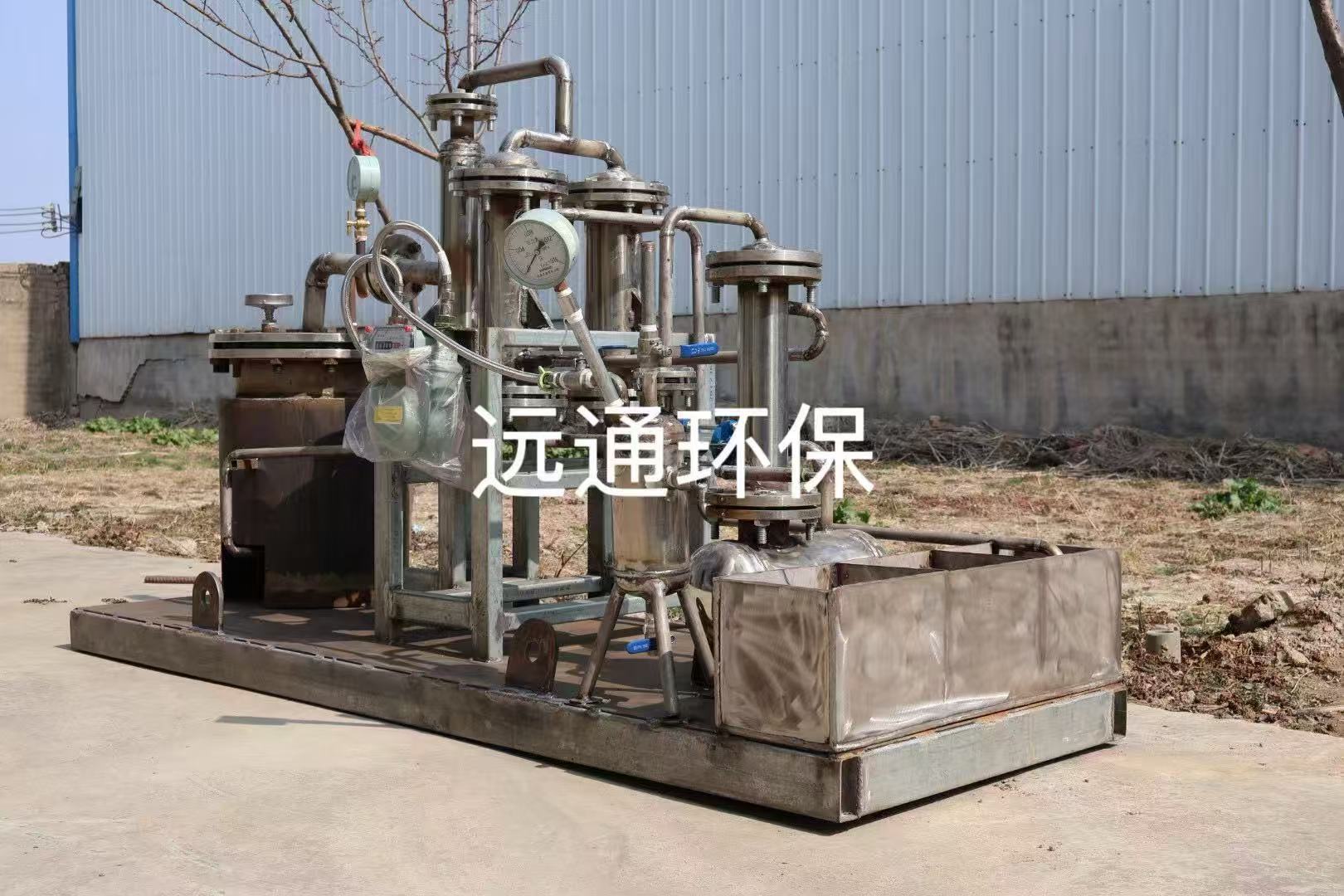Current status of waste plastic pyrolysis technology
Release time:
May 21,2024
Waste plastic pyrolysis technology is a process that converts plastic waste into liquid fuel, such as pyrolysis oil, as well as other valuable products like gas and char. This technology has been gaining attention as a possible solution to the growing problem of plastic waste pollution.
Waste plastic pyrolysis technology is a process that converts plastic waste into liquid fuel, such as pyrolysis oil, as well as other valuable products like gas and char. This technology has been gaining attention as a possible solution to the growing problem of plastic waste pollution.
The current status of waste plastic pyrolysis technology is promising, with ongoing research and development efforts aimed at improving the efficiency and scalability of the process. One key challenge facing the technology is the need to optimize the pyrolysis process to ensure high-quality fuel production while minimizing energy consumption and emissions.
Several companies and research institutions are actively working on developing and commercializing waste plastic pyrolysis technology. They are focusing on improving the design of pyrolysis reactors, developing catalysts to enhance the yield and quality of pyrolysis products, and exploring ways to utilize the byproducts of the process in a sustainable manner.
One of the major advantages of waste plastic pyrolysis technology is its ability to convert a wide range of plastic waste into valuable products, including low-sulfur fuels that can be used in diesel engines. This can help reduce the environmental impact of plastic waste disposal while also providing a sustainable source of energy.
However, there are also challenges and limitations associated with waste plastic pyrolysis technology. These include the high energy requirements of the process, the need for specialized equipment and infrastructure, as well as concerns about the environmental impact of pyrolysis byproducts, such as emissions of greenhouse gases and other pollutants.
Overall, waste plastic pyrolysis technology has the potential to play a significant role in addressing the plastic waste problem and promoting a more sustainable approach to waste management. Continued research and development efforts are needed to overcome the technical and economic challenges facing the technology and to ensure its widespread adoption and commercialization. With further advancements in the field, waste plastic pyrolysis technology could become a key tool in the transition towards a more circular economy and a cleaner, more sustainable future.










